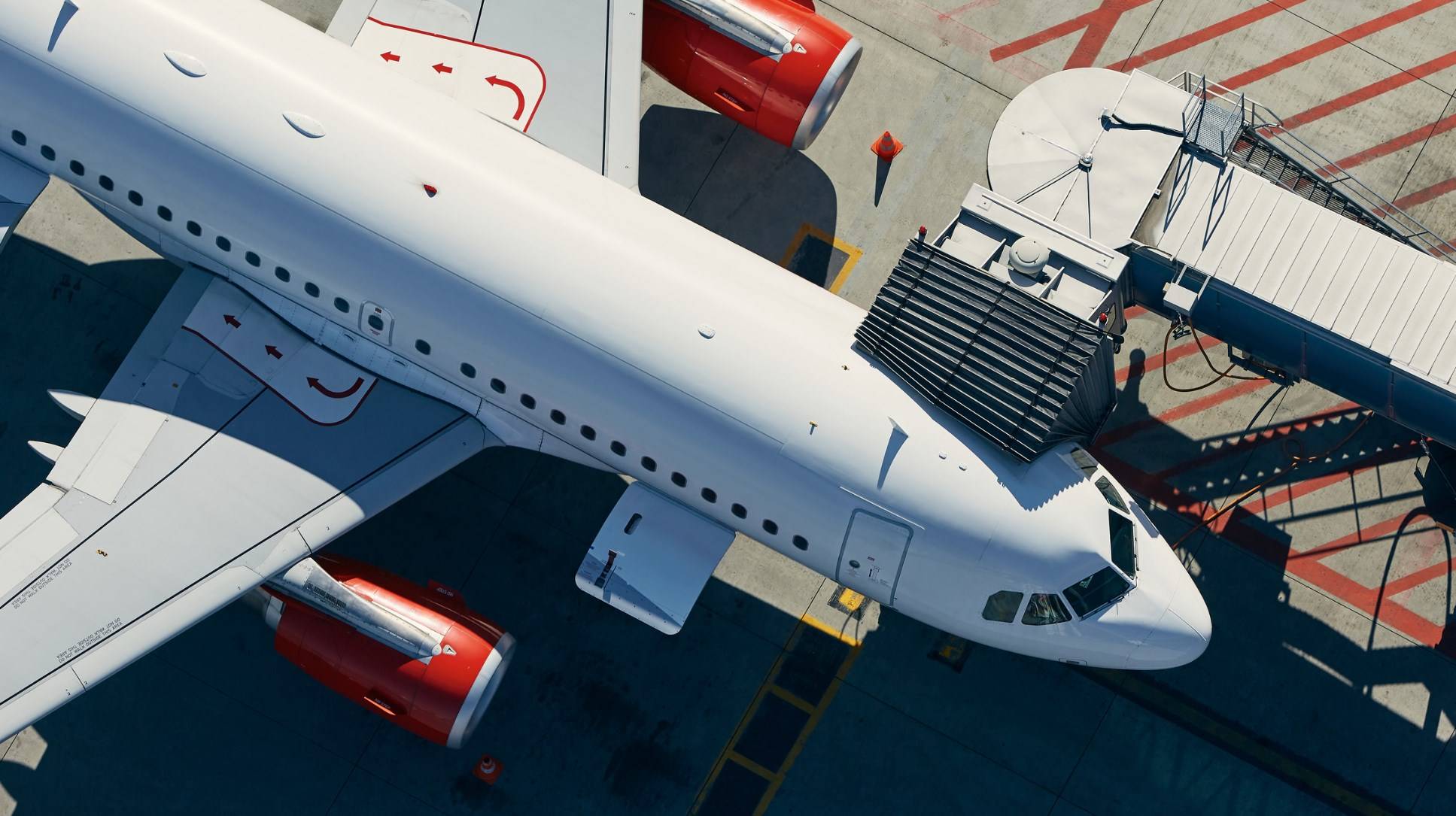In today’s world, lithium batteries are ubiquitous, powering everything from smartphones and laptops to medical devices and electric scooters. However, their use in aviation requires careful consideration due to their potential safety risks. To ensure a safe journey, understanding and adhering to regulations regarding lithium batteries is paramount. This article delves into the essential guidelines, types of lithium batteries, and effective safety measures to follow when flying.
Understanding Lithium Batteries
Lithium-ion batteries and lithium metal batteries are the two primary types encountered in air travel:
- Lithium-Ion Batteries: These batteries are rechargeable and commonly found in portable electronics such as laptops, smartphones, and tablets. They are known for their high energy density and long lifespan.
- Lithium Metal Batteries: Unlike lithium-ion batteries, lithium metal batteries are non-rechargeable and are often used in devices like cameras, hearing aids, and certain medical devices.
Both types of batteries can pose risks, primarily due to their potential to overheat or catch fire if damaged or improperly handled.
Key Regulations for Air Travel with Lithium Batteries
To ensure compliance and safety, travelers must follow specific regulations regarding the transport of lithium batteries. These regulations are established by aviation authorities such as the International Air Transport Association (IATA) and local aviation agencies.
1. Carry-On Baggage Only
Spare lithium batteries, whether lithium-ion or lithium metal, must be transported in carry-on baggage. This regulation is in place to minimize the risk of fire hazards in the aircraft’s cargo hold. If a battery were to overheat or catch fire, having it in the cabin allows for quicker detection and response by the crew.
2. Protection of Battery Terminals
To prevent accidental short-circuits, it is crucial to protect the terminals of all spare lithium batteries. This can be achieved by covering the terminals with insulating tape or placing each battery in its original retail packaging or a plastic bag. Ensuring that battery terminals are not exposed can help prevent short-circuiting, which might lead to overheating and potential fire hazards.
3. Declaration of Large Batteries
Large lithium batteries, often exceeding 100 watt-hours (Wh) for lithium-ion or 300 lithium content for lithium metal batteries, must be declared to the airline. Airlines have specific guidelines for transporting these high-capacity batteries and may require additional documentation or packaging. It is advisable to check with the airline in advance to understand their policies and requirements.
4. Quantity Limits
There are limits on the number of lithium batteries that can be carried, both in terms of capacity and quantity. For lithium-ion batteries, the general limit is up to 100 Wh per battery, with a maximum of 2 spare batteries allowed per passenger. For lithium metal batteries, the limit is usually 300 grams of lithium content per battery, with similar quantity restrictions. Ensure that you are aware of these limits to avoid complications at the airport.
Packing Lithium Batteries Safely
Proper packing is essential to ensure that lithium batteries are transported safely. Here are some detailed packing guidelines:
- Battery Size and Type: Clearly identify the type and size of the battery. For example, larger batteries should be carried in their original packaging, which provides added protection.
- Battery Storage: Use individual plastic bags or battery cases to store spare batteries. This helps in isolating the terminals and reducing the risk of accidental contact.
- Documentation: Carry any necessary documentation related to the battery, especially for large or high-capacity batteries. This documentation can include manufacturer specifications, safety data sheets, and any special handling instructions.
Handling Emergencies
Despite adhering to all regulations and safety measures, it’s crucial to be prepared for emergencies:
- Fire Extinguishers: Familiarize yourself with the location and use of fire extinguishers on the aircraft. Crew members are trained to handle battery-related fires, but knowing the procedure can be beneficial.
- Reporting Incidents: If you suspect a battery is overheating or showing signs of malfunction, report it immediately to the flight attendants. They are trained to manage such situations effectively and can take the necessary actions to ensure safety.
Special Considerations for Medical Devices
Travelers with medical devices powered by lithium batteries must adhere to specific guidelines:
- Pre-Travel Notification: Inform the airline in advance about any medical devices that use lithium batteries. This allows the airline to make necessary accommodations and ensure that the device can be safely transported.
- Battery Specifications: Provide details about the battery specifications and ensure that the device complies with the airline’s regulations. Carry a backup battery if required, following the same safety guidelines for spare batteries.
Conclusion
Understanding and following regulations regarding lithium batteries is crucial for a safe and hassle-free travel experience. By adhering to guidelines on packing, protecting, and declaring batteries, travelers can significantly reduce the risk of safety incidents. Ensuring compliance with these regulations not only promotes personal safety but also contributes to the overall safety of air travel. Prioritizing these measures ensures that the journey remains secure and that travelers arrive at their destination without unnecessary complications.



